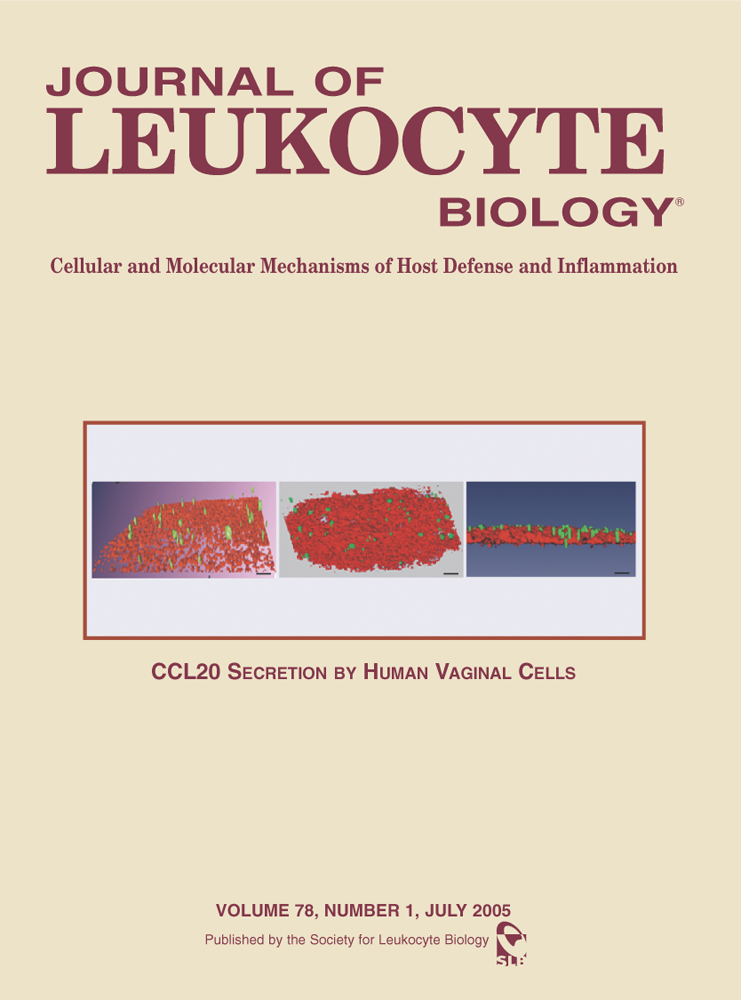
“Osteoarthritis (OA) is the most common disease of joints, which are complex organs where cartilage, bone and synovium cooperate to allow the range of movements. During the disease progression, the function of all three main components is jeopardized. Nevertheless, the involvement of each tissue in OA development is still not established and is the topic of the present review. The available OA therapies are symptomatic, largely targeting pain management rather than disease progression. The strong need to develop a treatment for cartilage degeneration, bone deformation and synovial inflammation has led to research on the involvement of the endocannabinoid system in the development of OA. The current review discusses the research on this topic to date and notes the advantages of exploiting endocannabinoid system modulation for cartilage, bone and synovium homeostasis, which could prevent the further progression of OA.”
https://www.ncbi.nlm.nih.gov/pubmed/29574720
https://bpspubs.onlinelibrary.wiley.com/doi/abs/10.1111/bph.14204
“We provide experimental evidence to show that activation of the cannabinoid system enhances the survival, migration and chondrogenic differentiation of MSCs, which are three major tenets behind the success of a cell-based tissue-engineered cartilage repair strategy. These findings highlight the potential for cannabinoids to provide a dual function by acting as anti-inflammatory agents as well as regulators of MSC biology in order to enhance tissue engineering strategies aimed at cartilage repair.”


